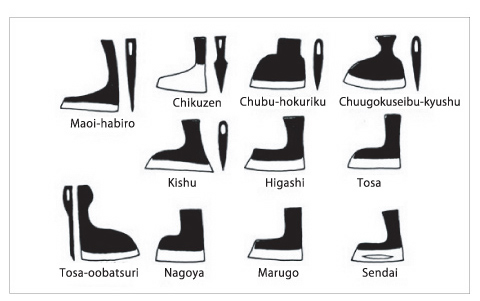- Joined
- Apr 4, 2014
- Messages
- 15
I bought this axe on ebay because I like axes. I don't know anything about it. Does anyone have any knowledge related to this axe?



It's a hatchet size head, but it's pretty chunky, and I think it'll chop stuff. I know American axes have been well cataloged, but I can't find any information on this axe. I think it looks Japanese. Any info would be appreciated.



It's a hatchet size head, but it's pretty chunky, and I think it'll chop stuff. I know American axes have been well cataloged, but I can't find any information on this axe. I think it looks Japanese. Any info would be appreciated.


